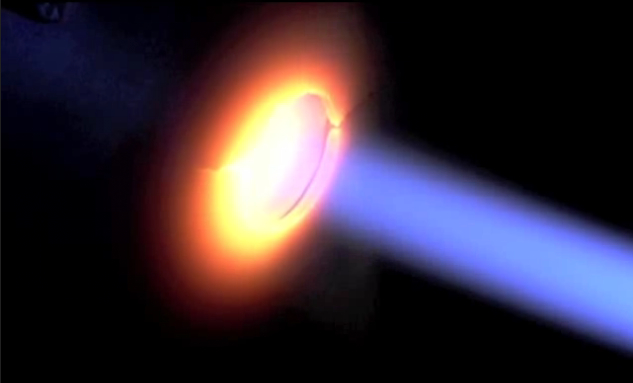
|
Apropos to the latest round of ash clouds spewing from the EyjafjallajökullI volcano, plus indications that some OSU graduate students, Julie Drexler and Andrew Gledhill, led by Nitin Padture, are hoping to develop a portfolio of new coatings, and were already finding good strain tolerance using two particular ceramic coatings: a gadolinium zirconate-based coating (Gd2Zr2O7) and a new coating developed by Padture that uses YSZ containing Al2O3 and TiO2 . In this new video, the trio discusses their work and the problems they are trying to address, and several of the methods they are using to test some of their new TBC compositions. One of the innovations they demonstrate is a special testing rig that simulates the operating environment for these turbines. The computer-operated apparatus creates thermal gradients on test samples (25°C on on side and 1200°C on the other) while bombarding the coated surface with sand or ash particles. The rig can automatically subject samples to repeated 7-minute heating–cooling cycles (while measuring and recording data) until the coatings fail. |
